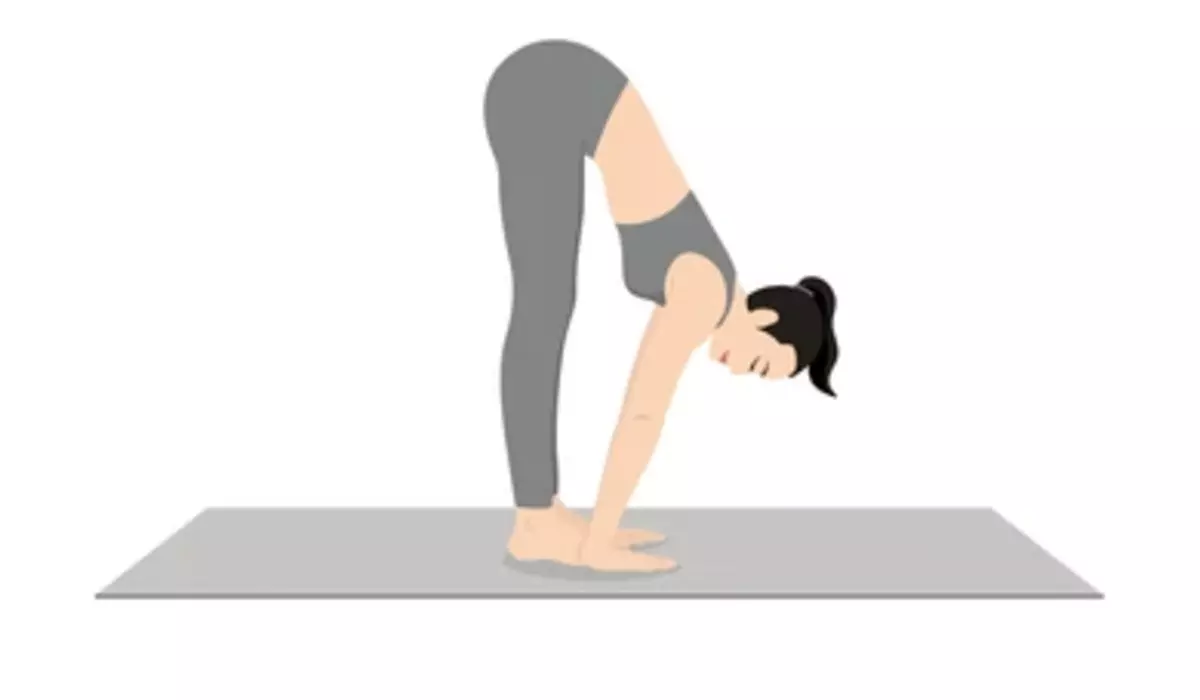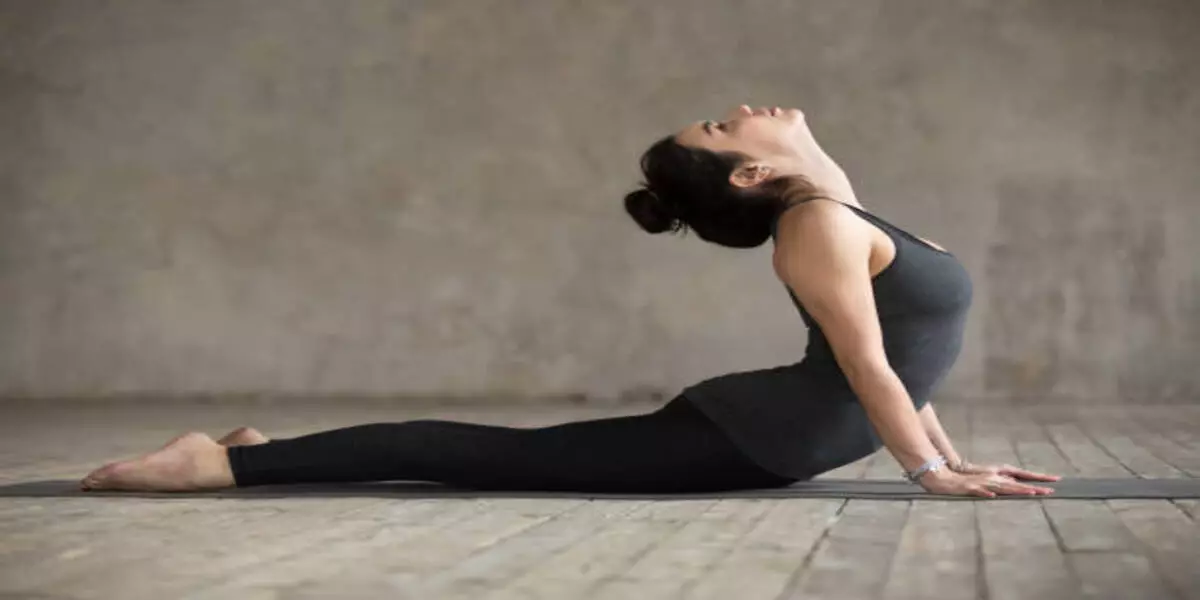[ez-toc]
Introduction
In our daily routine, a simple yet overlooked activity can make a significant impact on our overall well-being – stretching.
The involuntary stretching of muscles, known as pandiculation, is a behavior seen across various animals to relieve muscle tension.
This article delves into why stretching feels good, the numerous benefits it offers, and provides examples of simple stretches for a healthier lifestyle.
Why does stretching feel good?
Improved circulation
Stretching prompts an increase in blood flow to the targeted muscles. This boost in blood circulation ensures these muscles receive more oxygen and efficiently eliminate metabolic waste products, contributing to an overall sense of well-being.
Parasympathetic activation
Research indicates that static stretching activates the parasympathetic nervous system, responsible for rest and digestion functions. This activation induces feelings of calmness and relaxation, making stretching a valuable part of a daily routine.
Endorphin release
Stretching stimulates the release of endorphins, neurotransmitters with potent pain-relieving effects. Though research on stretching’s direct impact on endorphin release is limited, it is believed to play a role in pain reduction and mood enhancement.
What are the benefits of stretching?
Increased flexibility
Regular stretching can improve flexibility, especially crucial for those with sedentary lifestyles. As we age, flexibility naturally decreases, but incorporating stretches into your routine can help slow down this process.
Stress relief
Activating the parasympathetic nervous system through stretching provides stress relief, mitigating the psychological effects of stress and promoting a sense of calmness and relaxation.
Better sports performance
Enhanced range of motion achieved through stretching can significantly impact sports performance. Both static and dynamic stretching can contribute to improved joint flexibility, vital for activities requiring full body movement.
Also Read: Suffering From Constipation? Do This Every Morning For Relief
Improved posture
Combining regular stretching with core strengthening exercises proves effective in improving posture. Muscle tightness and tension, if left unaddressed, can negatively affect posture, leading to stress on the back, neck, and core muscles.
Simple daily stretches
Low lunge

Stretching the muscles in your hips, groin, thighs, and core can be achieved with the low lunge. Ensure proper form and hold the stretch for at least 5 breaths on each side.
Forward bend

Targeting the back, groin, and the backs of your legs, the forward bend is an effective stretch. Hold the pose for 40 to 60 seconds on each side.
Seated torso stretch

To target the muscles in your core and back, perform the seated torso stretch. Hold the twist for up to 30 seconds on each side.
Cobra Pose

This stretch opens up and stretches the muscles of your chest, abs, neck, and shoulders. Hold the position with a slight bend in your elbows for 30 to 60 seconds.
Neck rolls


Relieve tension in your neck with neck rolls. Perform the stretch three times in each direction, holding each position for 10 seconds.
Tips for stretching safely
- Avoid stretching cold: Warm up your muscles with a low-intensity activity for at least 5 minutes before stretching.
- Stretch gently: Do not force any position that causes pain; it indicates overstretching.
- Make stretching a routine: Stretch at least two to three times per week for maximum benefits.
- Stretch both sides: Ensure balanced flexibility by stretching both sides of your body equally.
- Avoid bouncing: Bouncing during stretches can lead to injuries and muscle tightness.
Conclusion
Stretching goes beyond a morning routine; it’s a gateway to improved well-being. The intrinsic pleasure of stretching is complemented by its myriad benefits – increased flexibility, stress relief, enhanced sports performance, and improved posture.
Make stretching a regular part of your routine, but always consult your doctor, especially if you have pre-existing health conditions.



